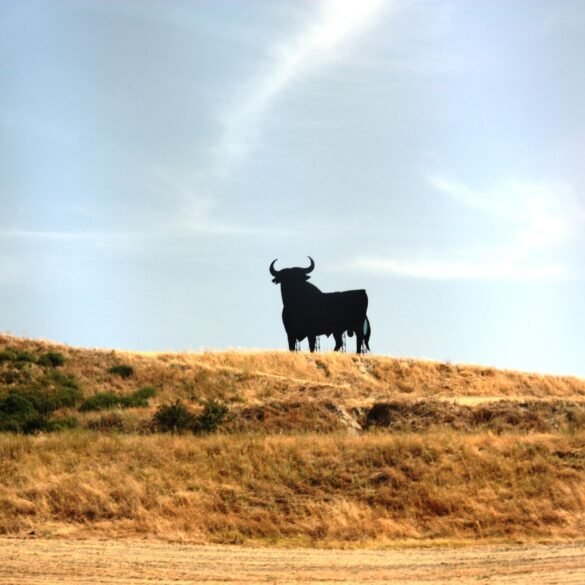Start with Part I: Why I Decided To Learn Spanish.
While in Guatemala, especially in Antigua, we saw a lot of Spanish schools, where one can stay with a local family and take Spanish classes for 4-5 hours a day. This immersion program is quite popular with foreigners and allows people to learn or improve their Spanish. However, with a full-time job and other commitments, taking six months or a year off to go to Guatemala to study Spanish was certainly not an option for me. I had to figure out something else.
Back home, I devised my own plan for how to conquer Spanish. I came up with a rule that 15 to 45 minutes every day would be devoted to Spanish. Consistency and repetition are the keys to any language learning process after all. I started by … watching YouTube. These days, you can learn pretty much anything by watching YouTube: from making sushi to how to tie a necktie. I found numerous channels with engaging Spanish teachers explaining complex grammar rules in an easy, digestible manner. Also on YouTube, I found one of the best grammar courses, Pro Spanish (I watched a couple of sample lessons and then bought the remaining lessons through the company’s website). In addition to YouTube, I gradually transitioned to more Spanish-language content on other platforms. I began watching daily news on the local Telemundo channel and Mexican TV series on Netflix. I also started to listen to music, audiobooks, and podcasts in Spanish. It got to the point that the videos and audio on my devices started to get interrupted by commercials in Spanish. I also purchased books in Spanish and picked up free Spanish-language newspapers at local convenience stores and then translated them line by line with the help of a dictionary (the same way I learned English). I went to concerts of Puerto Rican and Colombian reggaetón artists and frequented local Mexican and Latin American restaurants, neighborhoods, and festivals. I installed the Spanish keyboard on my iPhone to type notes to myself in Spanish. Suddenly, it became clear that you do not need to be at a Spanish school in Guatemala to learn Spanish. You can organize the immersion program yourself in Chicago if you really want it.
Eight months after returning from Guatemala and getting more serious about learning Spanish, it was time to check on my progress. We flew to Guadalajara for a weekend, where I was going to practice my newly acquired language skills. Guadalajara is a delightful city, and we had a lot of fun there: from eating pozole at the central square to exploring art galleries in nearby Tlaquepaque. Yet, conspicuously absent from the trip were conversations with the locals. I was too shy and embarrassed to speak. The fear of making a mistake was terrifying and paralyzing. Also, to be honest, my Spanish was still pretty much non-existent even after several months of my independent studies. At the Hospicio Cabañas, the orphanage-turned-museum, I mustered enough courage to ask a docent a couple of questions about the frescoes of Jose Clemente Orozco, but our back-and-forth was very limited as I was still unable to hold a conversation. My inadequate Spanish also nearly caused us to get on the wrong tour bus to Tequila.

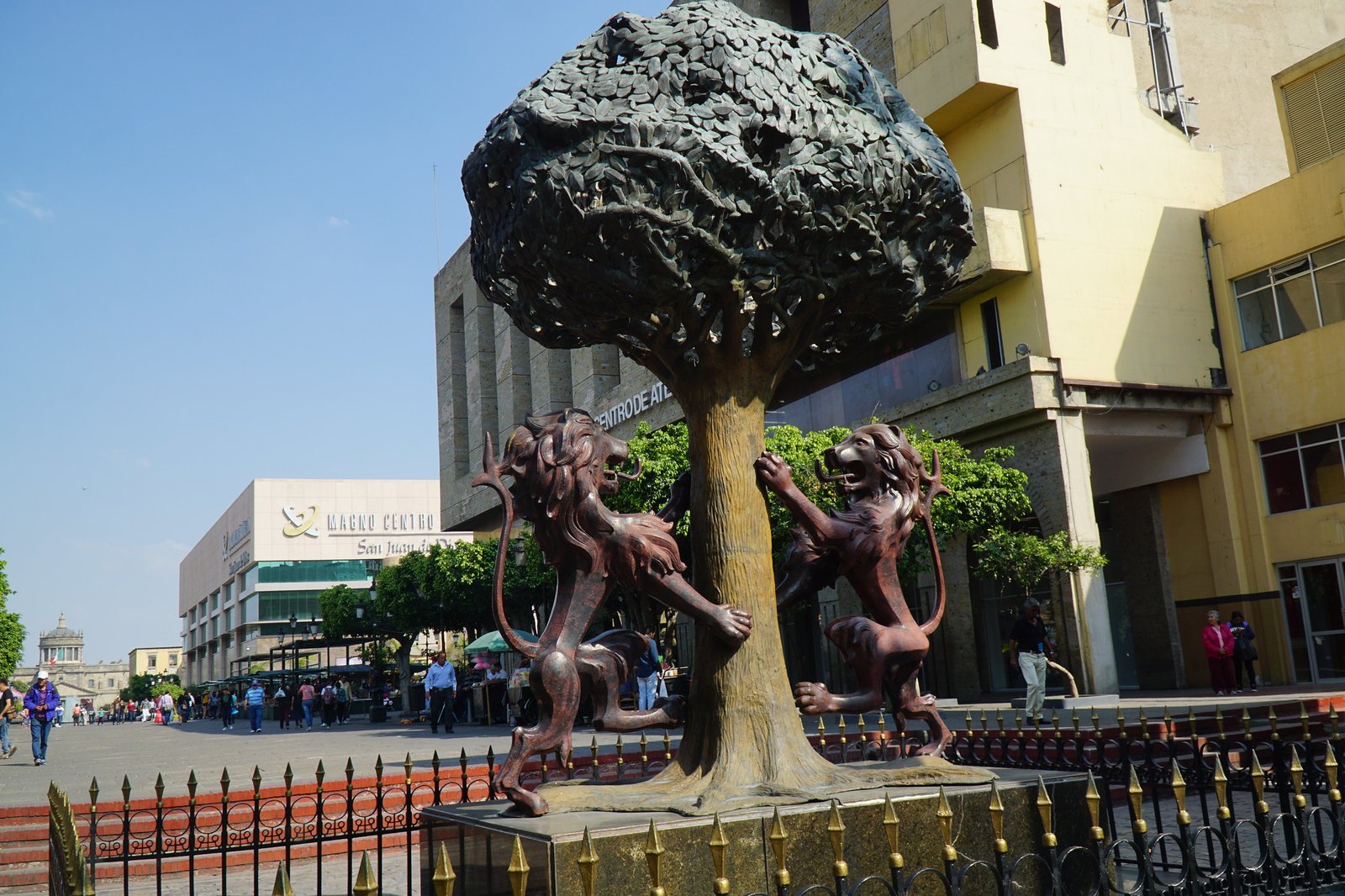
But this trip did show some improvement. At the end of the first day in Guadalajara, we took an uber from the restaurant where we had dinner to our Airbnb. I remember the restaurant fondly because that’s where I tried mezcal, an essential Mexican drink, for the first time. The drink was smokey, bitter, and strong and immediately got me drunk. Getting into the uber, I was relaxed, my inhibitions were lowered, and the fear of making mistakes was gone. I started to chat with the driver about Guadalajara, Mexico in general, and the restaurants that we just dined in. We talked for the entire duration of the ride as if I spoke Spanish my whole life. All those words and phrases that I was learning for months finally started to come out of my mouth. I woke up the next morning with a slight hangover but with a realization of the improvement made. The next goal was to learn to speak Spanish without first getting drunk.
After returning home, I continued with my studies. It took me a while to get over my shyness, and what helped me tremendously was downloading the italki app and connecting with professional teachers and community tutors once a week to chat in Spanish for an hour (the practice that I follow to this day). I also doubled down on the Spanish content I consumed by watching travel vlogs and other videos in Spanish. But more importantly, we continued to travel to places where Spanish is spoken. Our long weekend trips to Mexico City and other Mexican cities and pueblos magicos became a part of our annual travel menu. Long and short trips to Central and South America (El Salvador, Peru, and Colombia) helped to solidify the materials that I learned at home and exposed me to new words, expressions, slang, and idioms. On the plane rides back home, I would often type on my phone not only the highlights of the trip but also all the Spanish words learned.

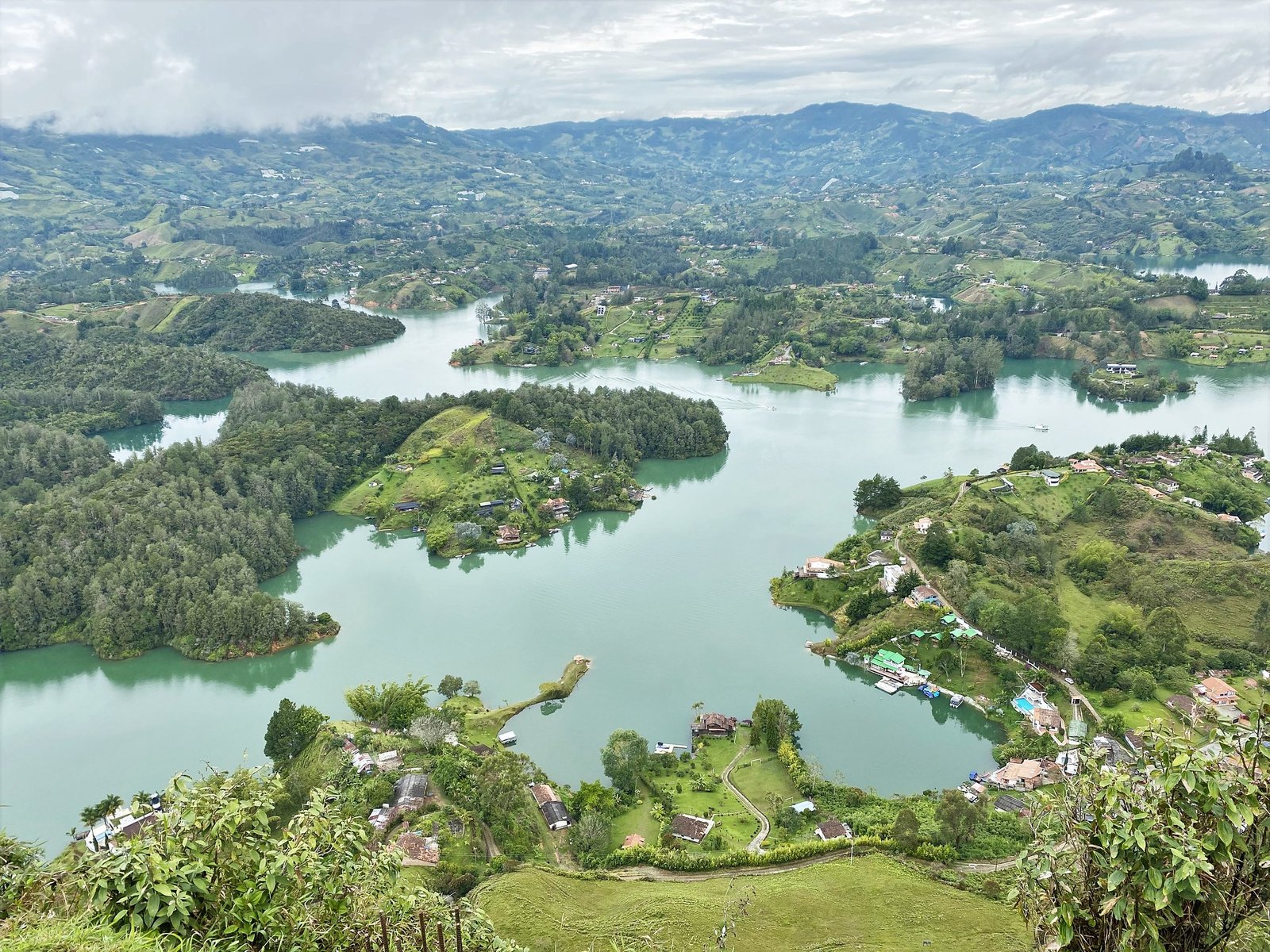
My progress is still very gradual, and there are plenty of blunders and gaffes when I speak. In Peru, after spending an exciting but exhausting day at Machu Picchu, I asked a waitress at a restaurant not for la cuenta (a bill) but for la propina (tips). She just smiled and corrected me, but I was beating myself up for days after that. On the bus from Mexico City to Puebla the year before, I awkwardly asked the driver if the newspaper was “libre” (not occupied) instead of “gratis” (free of charge). And many other times, especially when I try to literally translate something from English to Spanish. At the very least I’ve managed to avoid the most common and embarrassing mistake that foreigners make when they learn Spanish and never said: “Estoy caliente” (I am horny) instead of “Tengo calor” (“I am hot” referring to being hot due to weather).
The benefits of learning Spanish have been tremendous. In places where English is not widely spoken, it simply helps to get around and enhances the visit. Suddenly, it is easy and cheaper to travel in Central and South America via public transportation as I now can communicate at bus stations, train depots, and tuk-tuk stands. In Colombia, we were able to avoid an organized bus tour from Medellin to Guatape by going to a local bus station, figuring out the correct platform, and buying our mini-bus tickets. We had the pleasure of exploring the colorful Colombian town of Guatape and climbing the famous rock of El Peñol at our own pace and lingering in places without being rushed. Knowing Spanish also opened the door to unexpected new opportunities. The highlight of our trip to El Salvador was overnight camping at the top of the Conchagua volcano, an experience about which I read on a Spanish travel blog before the trip. Also in El Salvador, we hiked the waterfalls in the coffee region with a Spanish-speaking guide who told us a lot about the region, El Salvador, and the coffee industry. But the best part of this Spanish-learning journey is the ability to connect with the locals. No matter how many mistakes I make when I speak Spanish, people are generally excited and supportive of my efforts. Just showing that you are trying to use Spanish usually works its charm. And while we might not have very deep conversations, in the end, it certainly widens the net of people we can reach and connect with in our travels. And that’s a huge bonus!
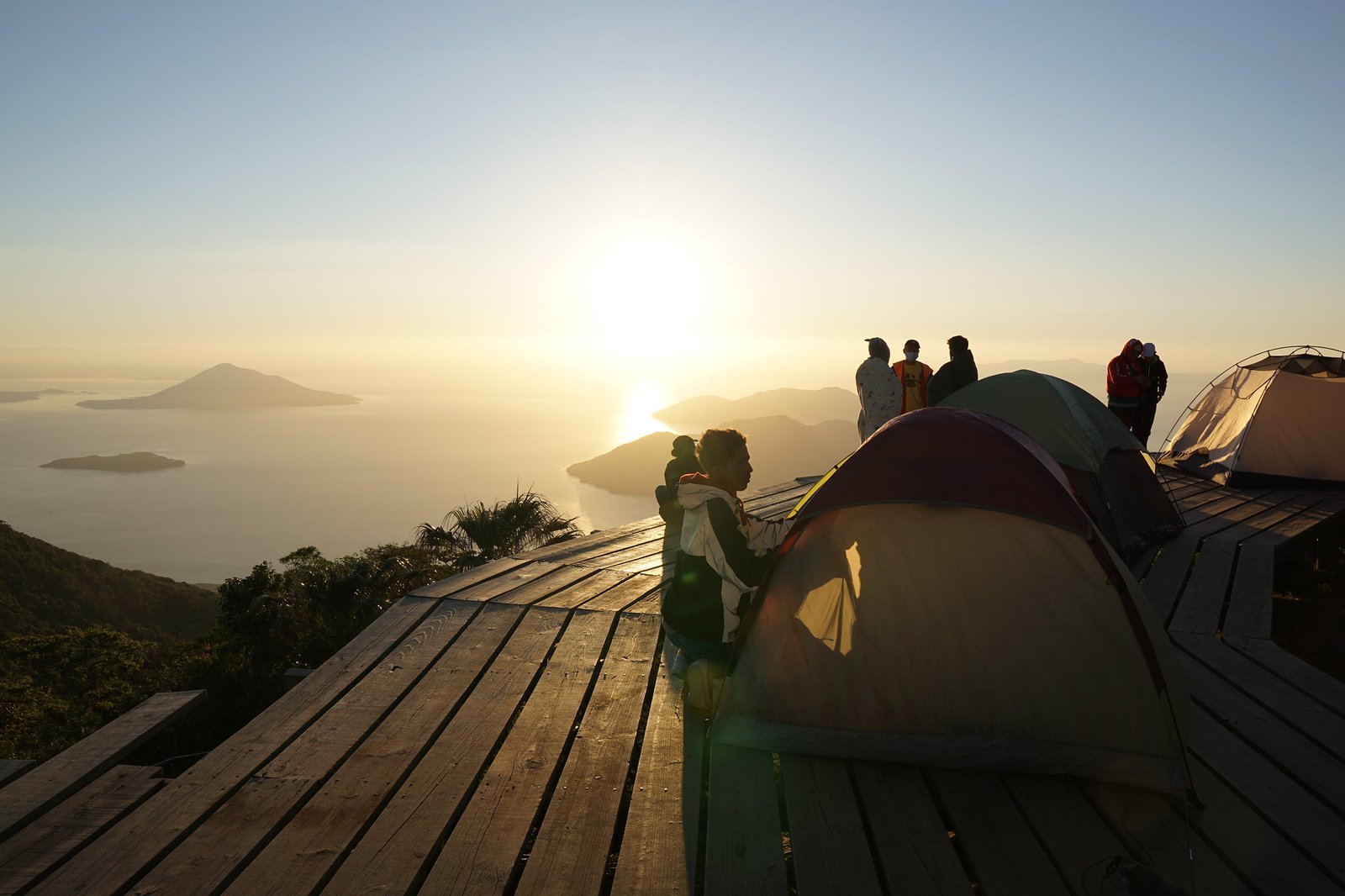
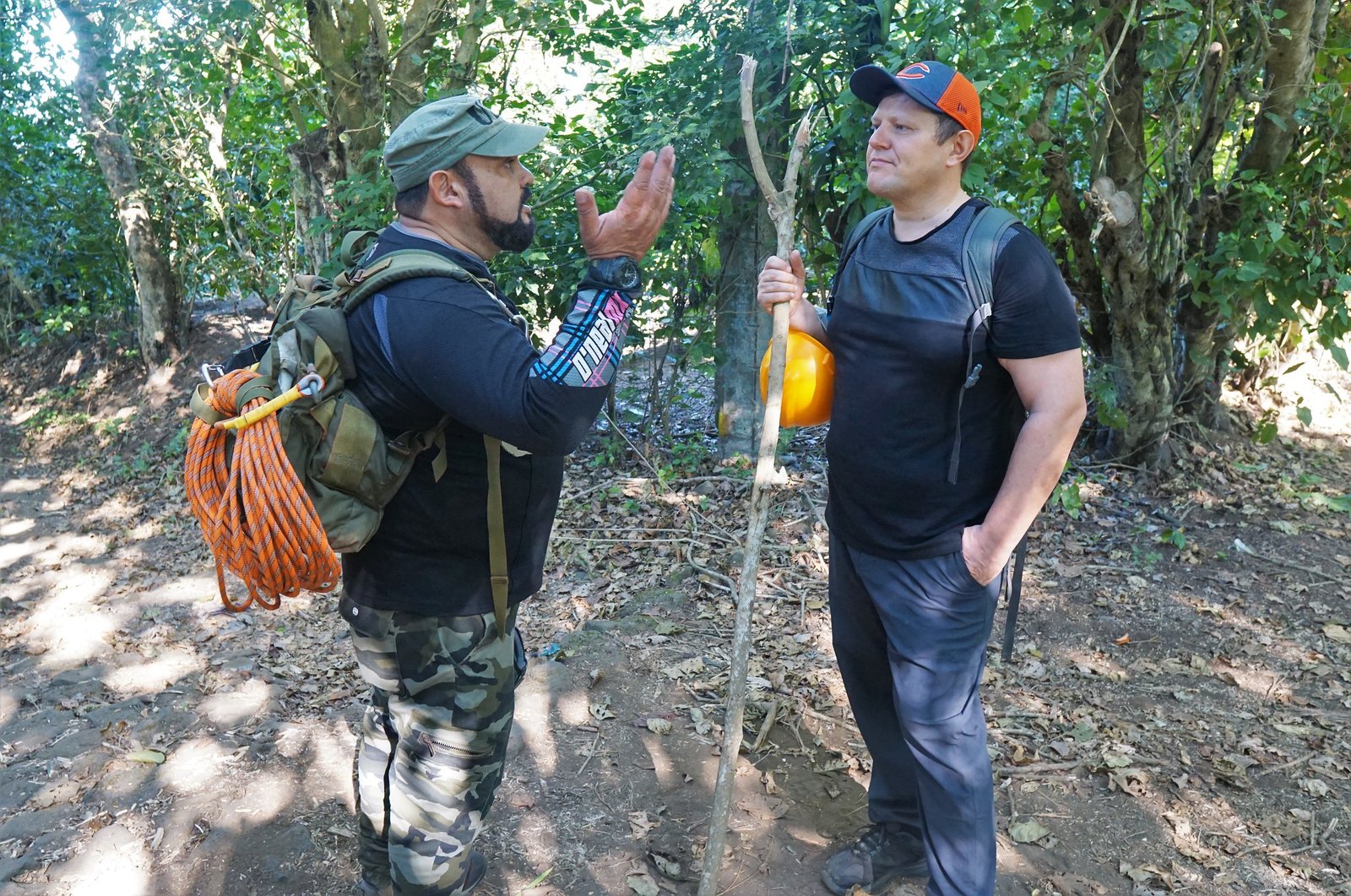
The only downside of learning Spanish is that now it is always my job to talk to people and figure stuff out with Julia taking a backseat. In our travels, she is usually the one who chats and breaks the ice with strangers, while I am more of a reserved type, observing things and then writing about them in my journal at the end of the day. Not anymore. As my Spanish started to improve, the roles reversed and it suddenly became my job to ask strangers for directions, haggle at the markets, and ask where the bathrooms are (all things that I am not fond of). But who knows, maybe one day Julia will follow my suit and learns the language, too, or at the very least the “Donde estan los baños?” phrase.
